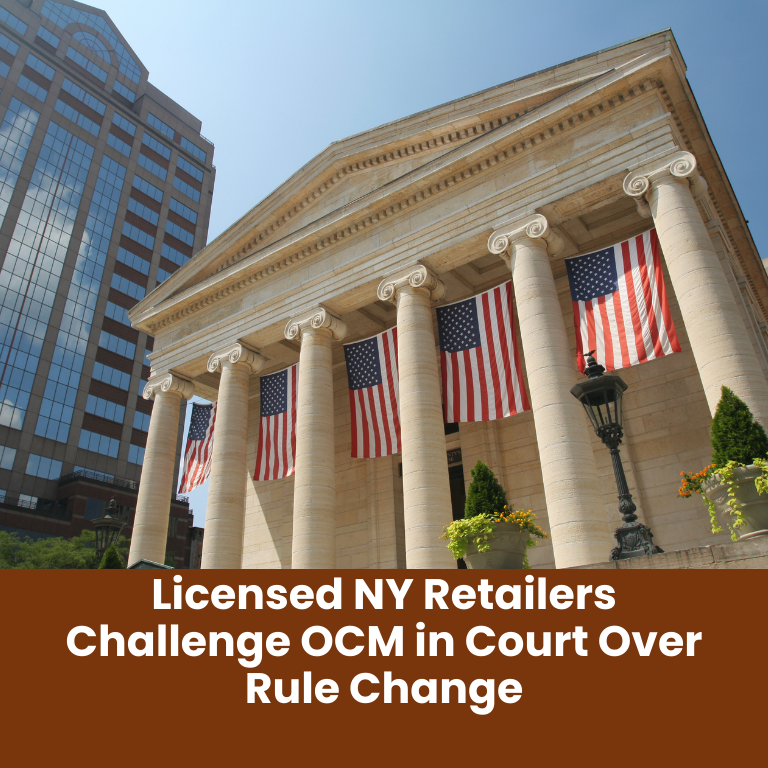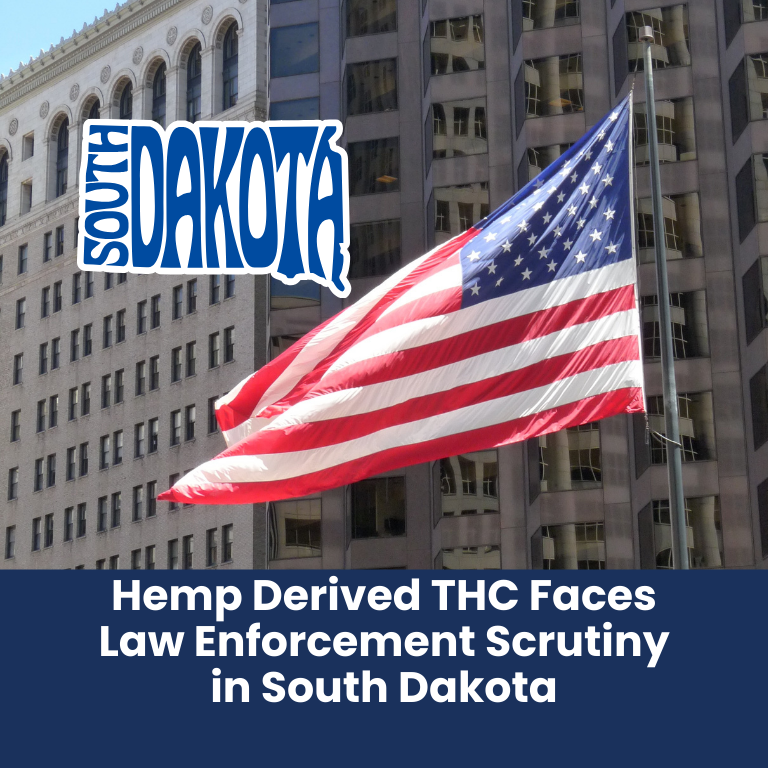CU Boulder Study Finds Nearly Half of Cannabis Flower Products Mislabel THC Potency
BOULDER, Colo. A newly released study from the University of Colorado Boulder and MedPharm Research has cast doubt on the reliability of THC potency labels found on many cannabis flower products sold in dispensaries across the United States. Backed by funding from the Institute of Cannabis Research, the study reveals a significant gap between advertised and actual potency levels in nearly half of tested flower samples.
According to the findings, 44% of cannabis flower products had THC levels lower than the amount stated on the label, calling into question the accuracy of potency information presented to consumers and raising broader concerns about transparency in the legal cannabis market.
Cannabis Flower Found to Be Frequently Overstated in THC Strength, Study Shows
The study focused on a sample of legal-market cannabis flower products, analyzing whether the labeled THC content accurately reflected the compound’s actual presence in the plant material. Researchers discovered that a significant proportion of products exaggerated their potency, leading users to potentially overestimate the strength and effects of the cannabis they consume.
This misrepresentation is especially noteworthy given that THC—tetrahydrocannabinol—is the primary psychoactive component in cannabis and plays a key role in both recreational and therapeutic effects. The discrepancy suggests that consumers may be relying on inaccurate information when determining appropriate dosages, effectiveness, or price comparisons among products.
Cannabis Concentrates Show High Label Accuracy Compared to Flower Products
While the study revealed inconsistencies in the labeling of flower products, researchers also evaluated cannabis concentrates and found a stark contrast. In this product category, 96% of samples were accurately labeled, suggesting that extraction methods and testing protocols for concentrates may yield more consistent and reliable results.
This disparity between product types underscores the importance of refining testing standards and regulatory frameworks, particularly for flower-based cannabis products, which remain one of the most popular forms of consumption.
Modern Cannabis Is Significantly Stronger Than in Past Decades, Raising Potency Stakes
The study’s context is grounded in a broader trend: the steady and dramatic increase in cannabis potency over the last several decades. According to the CU Boulder team, the average cannabis flower product on today’s market contains approximately 21% THC, while cannabis concentrates boast an average of 71% THC, with some samples exceeding 84%.
In contrast, cannabis flower sold in the 1980s typically contained just 8% THC. This leap in potency represents a major evolution in the plant’s commercial production and poses new challenges for public health, research, and consumer safety—especially in the absence of consistently accurate labeling.
Inaccurate Potency Claims Complicate Cannabis Research and Public Health Messaging
Inaccurate labeling doesn’t just affect consumers; it also complicates clinical research and policymaking. Scientists studying the health impacts of cannabis must be able to depend on precise dosage data in order to draw valid conclusions. If labeled THC levels do not match actual contents, findings could be skewed and health guidance misinformed.
Public health experts also stress the importance of label accuracy for harm reduction. As cannabis becomes more widely available and socially accepted, users may assume they are consuming safe, known quantities of THC when in reality, potency may be lower—or potentially higher—than expected. This misinformation could lead to either underwhelming or unintended psychoactive effects, especially for new or medically vulnerable users.
Regulatory Gaps and Market Incentives May Contribute to Labeling Inaccuracies
The cannabis industry’s rapid expansion has outpaced many state-level regulatory bodies, resulting in varying testing standards and enforcement protocols. In some cases, independent laboratories—employed by growers or producers—may face market pressure to report inflated THC values, as products with higher potency often command higher prices.
These conditions create a conflict of interest and may foster inconsistencies in labeling, particularly for cannabis flower, where the cannabinoid content can vary more dramatically across batches than in standardized concentrates.
To address these challenges, researchers suggest that regulatory agencies may need to introduce more rigorous, standardized testing procedures across states. Doing so could enhance consumer trust and help ensure that cannabis products are evaluated with the same scientific precision expected of pharmaceuticals or nutritional supplements.
Accuracy in THC Labeling Seen as Essential as Legal Cannabis Industry Matures
As cannabis legalization spreads and consumer demand for reliable information grows, label accuracy is becoming a central issue in the industry’s development. With more consumers using cannabis for medical purposes or wellness support, it is increasingly critical that product labeling reflects reality—especially for psychoactive compounds like THC.
The new findings from CU Boulder and MedPharm Research contribute to a growing body of work that calls for accountability and consistency in cannabis product labeling. As researchers continue to explore the complexities of cannabis use, the importance of honest, accurate labeling remains a foundational priority in building a responsible, informed, and health-conscious market.
OG source














